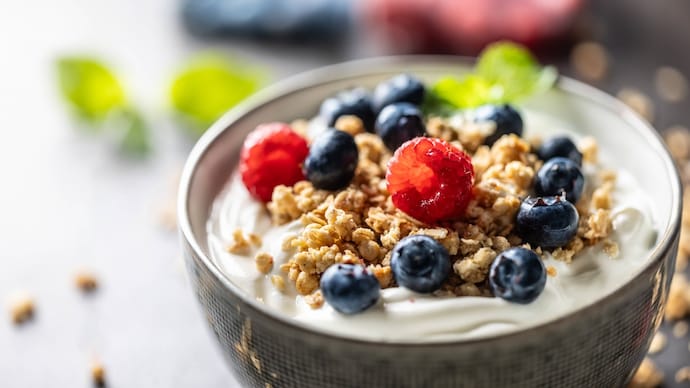Fruit and oats increase the risk of type 1 diabetes: Study
New research suggests that eating certain foods in childhood, such as fruit, oats and rye, may increase the risk of developing type 1 diabetes, while eating berries may reduce the risk.

Certain diets during childhood may influence the risk of developing type 1 diabetes, a study has found.
New research presented at the European Association for the Study of Diabetes (EASD) shows that consuming fruit, oats and rye in childhood is associated with a higher risk of type 1 diabetes, while eating berries offers some protection.
Type 1 diabetes is a long-term autoimmune condition in which the body’s immune system attacks and destroys the insulin-producing cells in the pancreas. Insulin is a hormone responsible for controlling blood sugar levels and enabling cells to use glucose for energy.
Although the exact triggers for this immune response are unclear, they are thought to involve both genetic and environmental factors, including diet and possibly viral infections. The condition is the most common form of diabetes in children, and cases are rising worldwide. By 2040, cases are expected to more than double, rising from 8.4 million in 2021 to 17.4 million worldwide.
Common symptoms of type 1 diabetes include excessive thirst, frequent urination, blurred vision, nausea, and vomiting.

The study followed 5,674 children with a genetic predisposition to type 1 diabetes from birth to age six.
The study found that children who consumed more fruit, oats and rye were more likely to develop type 1 diabetes by the age of six.
On the other hand, berries such as strawberries, blueberries, raspberries and blackcurrants provided a protective effect, and children who ate more berries were less likely to develop the disease.
Professor Suvi Virtanen, who led the study, said that the polyphenols found in berries can help reduce inflammation associated with type 1 diabetes.
However, fruits may contain harmful substances such as pesticides, which berries do not. While oats, bananas and wheat were linked to an increased risk of type 1 diabetes, cruciferous vegetables such as broccoli and cauliflower were linked to a reduced risk.
Despite these findings, the researchers caution that it’s too early to make any dietary recommendations.
More studies are needed to determine whether specific components in foods may influence the development of type 1 diabetes and whether these results can be replicated in other populations.







